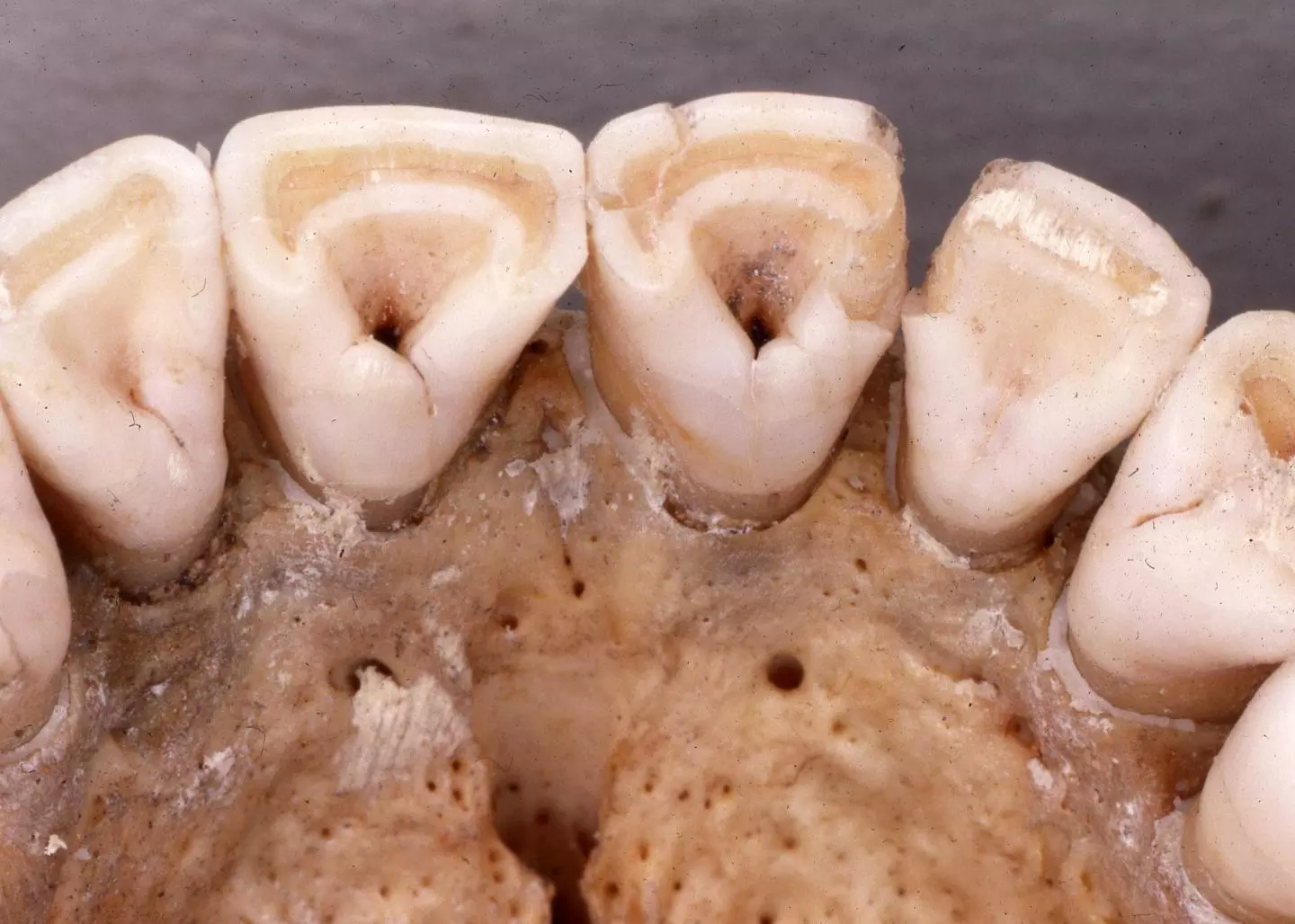
Rare breastfeeding-related genetic mutation helped Native Americans survive the last ice age
A recent study suggests when the transformation from early humans on Earth into evolved modern-day homo sapiens, a gene related to breastfeeding might have played an imperative role in the process of mutation during the transformation. The last ice age that occurred between 11,500 to 21,000 years ago was a chilly period where a number of changes shaped the world which it is today. This is where breastfeeding-related gene helped in the evolution of human species.
As of the history, during the last ice day sometime 20,000 years ago, this is the time when glacial period peaked and the East Asians and Native Americans who inhabited the Earth observed a low ultraviolet radiation since most of the radiation was absorbed, blocked or reflected during the period. This disturbed the production of vitamin D in the skins of newborns which created adverse effects on the babies. But likely, a genetic mutation help the babies grow by counterbalancing the effect which has been discussed in the new study according to which, the gene grew the number of branching i.e. density of branches in the mammary ducts in the breasts so that babies could thrive on the milk produced by mothers to get their share of vitamin D and fat which was important.
An associate professor at the University of California, Leslea Hlusko stated that this was a highlight of the mother-infant relationship that helped the humans in surviving through the phase. People who live near the equator receive an abundant amount of vitamin D from the sun, however, those living away from the equator receives less amount of vitamin D. This is where the breastfeeding genetic mutation helped the babies survive so that adults could go for hunting for fat.
The study also discusses the relationship between breastfeeding and the shape of the teeth which is believed to have originated from the same gene. The researchers found out that northeast Asians and Native Americans started developing shovel-shaped incisors which are teeth with ridges and biting edge. They also found out that this particular feature was limited to these two groups only. The conducted a survey consisting of remains of early native Americans and modern-day East Asians and found out that shovel-shaped teeth were found 100% and 40% times respectively.
Researchers associated the shovel-shaped teeth with the dental variation and found out it has a greater resemblance to the genes which mutated into breastfeeding. As per the previous studies conducted on the shape of the teeth, it was earlier believed that these shape came about due to softening animal skins. Hlusko asserted that if natural selection played a role in the selecting of this shape, it could have resulted into being accepted as a trait while other features were discarded.
After the research paper titled “Environmental Selection during the last age on the mother-to-infant transmission of vitamin D and fatty acids through breast milk” is now available in the journal Proceedings. The study will also help the scientists to make further observations on dense breast tissue and how it constituted towards breast cancer.


